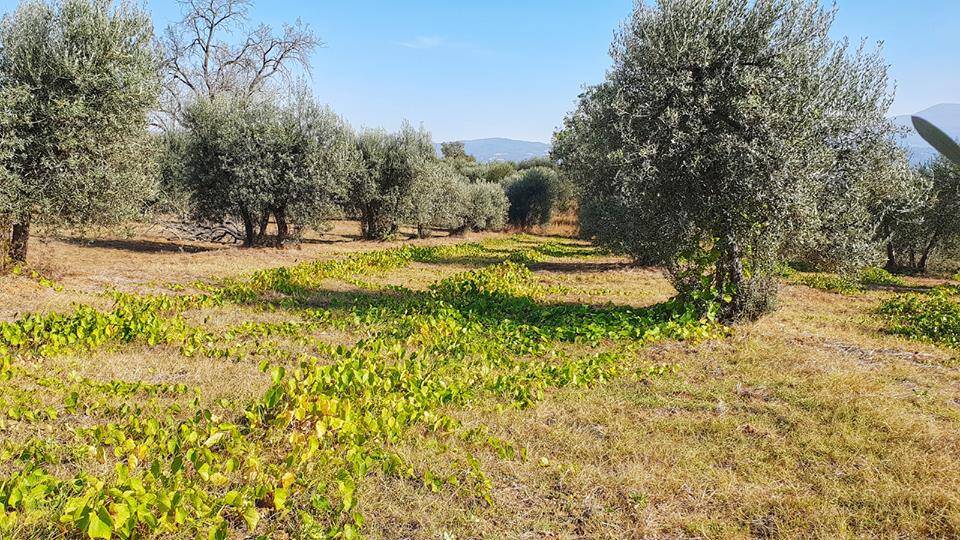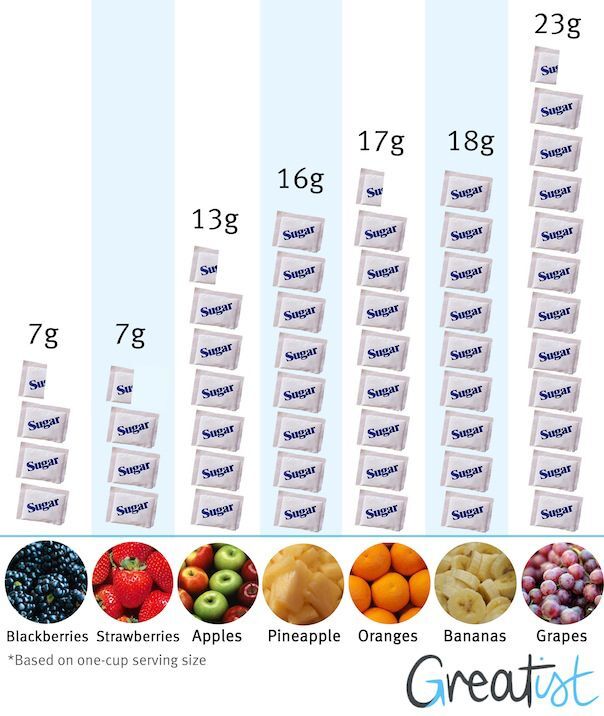What so special about grapes?
Have you ever asked yourself “why is wine made from grapes?” After all there are alcoholic beverages made from all sorts of fruits vegetables and cereals. (Read more on this subject on Wikipedia). So why is the stuff we love so much only made from grapes? Here’s the reason.
The vine is originally a climbing forest plant which finds a tree an attaches itself as a parasite. In its natural state it looks very different to how we generally know it. It’s a thin straggly plant that can grow very long indeed. Here’s a photo of naturally occurring vines which are crawling along the floor in search of a tree. In this case they’re starting to climb an olive.
The Vitis Vinifera Species
There are a quite a number of grape varietals, but wine is made from the grapes of the Vitis Vinifera species. This is the only species that contains the perfect balance of sugars, acids, tannins and juice to ferment and make an alcoholic beverage. Fermentation takes place when the yeast naturally present on the skin comes into contact with the sugars within the berry. As the grape has a high percentage of sugars it ferments easily, and the byproduct of fermentation is alcohol. It just so happens that the resulting juice is also pleasing to many people’s taste buds. Other species of vine and other fruits don’t have these qualities unless we add further ingredients. So at sometime in human history, the first man drank juice from Vitis Vinifera grapes which had broken open and fermented. He likely became the world’s first ever drunk, but he obviously enjoyed the experience and decided to repeat the situation. There you have it…wine was born.
The sugar content of grapes
So let’s take a closer look at some of the elements to answer our original question of why is wine made from grapes? From the chart above you can see the percentage of sugar based on a serving of one cup.
Sugar. Grapes contain a large enough quantity of sugar (glucose and fructose) to produce a fermented beverage of at least 9%, going up to 12–13% ABV (alcohol by volume) for many reds. At this alcohol content, wine can be kept for years without spoiling. With the exceptions of figs, dates and a few others, few fruits contain this level of sugar.
Water. However figs, dates and many other fruits don’t contain enough juice to make a drink unless you add water.
Acid. The sweetness of wine is balanced by its acidity. Wine grapes contain sufficient acidity to make a wine that isn’t “flabby” or lacking crispness to be pleasant. On the other hand, they don’t contain so much acid as to make the wine tart. With the vast majority of other fruits, acidity is either too much or too little. Consequently you have to add other ingredients to balance things out.
Tannins. Tannins are responsible for the astringent texture and bitter flavor of a wine. They are also responsible for the thick sensation which we refer to as “structure.” Grape skins usually contain sufficient tannins to give a wine structure and many wines (reds especially) are aged in wooden barrels to supplement or change the structure of tannins. (wood also imparts other flavors and aromas.) Other fruits may or may not be tannic enough to produce a grape-like wine. So again you have to add other ingredients if you wish to get the same effect.
Flavor: This is of course a personal aspect, but for most people the flavor intensity in grapes gives wines enough flavor to be interesting, but not overwhelming. For more intensely flavored fruits, the juice needs to be diluted with water (and hence sugar and perhaps acid) prior to fermentation to produce a pleasant wine. If you want to find out more on why wine is made from grapes, may I suggest you take one of my tours if ever in Tuscany.
So in a nutshell, wine is made from grapes because it’s the only fruit that naturally has all the ingredients to make an alcoholic drink, without having to add anything. Somewhere in man’s distant history, someone probably drank the juice of crushed grapes that had been lying around for some days. It had obviously fermented, and the rest is history.


